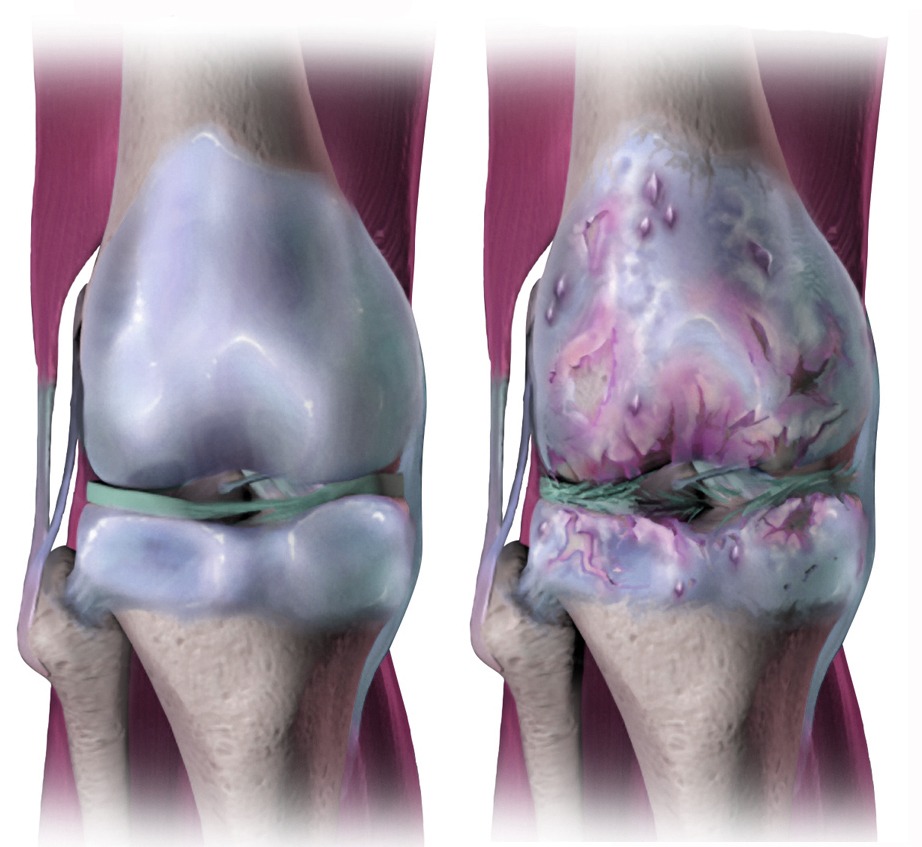Osteoarthritis is a prevalent joint ailment afflicts millions of individuals across the globe. It is marked by discomfort, rigidity, and diminished joint movement, which can substantially diminish an individual’s quality of life. Although no definitive remedy for osteoarthritis exists, numerous therapeutic alternatives are accessible for alleviating its symptoms and offering comfort. One such option that has gained popularity in recent years is a joint pain relief gel. This article will explore pain relief gels for mild osteoarthritis and their potential benefits.
Understanding Osteoarthritis
Before delving into pain relief gels, it’s essential to understand osteoarthritis. The main target of this degenerative joint ailment is the cartilage that cushions between the ends of bones within the joints. This cartilage may erode as time passes, resulting in discomfort, inflammation, and restricted joint movement. Osteoarthritis has the potential to impact any joint, but it is most frequently observed in the knees, hips, hands, and spine. Mild osteoarthritis often manifests as occasional pain and stiffness, making it a suitable candidate for topical treatments like pain relief gels.
How Pain Relief Gels Work
Pain relief gels, or topical analgesics, are formulated to relieve pain and inflammation when applied directly to the skin over the affected area. These gels typically contain active ingredients such as menthol, capsaicin, or nonsteroidal anti-inflammatory drugs (NSAIDs). Menthol and capsaicin numb the nerves in the skin, providing a cooling or warming sensation that distracts from the pain. On the other hand, NSAIDs reduce inflammation at the application site, which can help alleviate pain.
Benefits of Pain Relief Gels
Targeted Pain Relief: One of the critical benefits of pain relief gels is their ability to deliver targeted relief. Unlike oral medications circulating throughout the body, gels are applied directly to the affected area. This means the active ingredients are concentrated precisely where needed, providing quicker relief.
Minimal Side Effects: Pain relief creams are typically linked to a lower incidence of systemic side effects than oral medications. Since the active ingredients are primarily absorbed through the skin, there is less risk of gastrointestinal issues or other common side effects of oral NSAIDs.
Improved Mobility: The pain relief gels’ ability to decrease pain and inflammation can enhance joint mobility. This is especially valuable for individuals with mild osteoarthritis, as it can help them maintain an active lifestyle and engage in daily activities with less discomfort.
Non-Addictive: Pain relief gels are non-addictive, making them a safe option for long-term use. This contrasts with opioid medications, which carry a high risk of addiction and dependence.
Choosing the Right Pain Relief Gel
Active Ingredients: Different gels contain different active ingredients. Depending on your specific symptoms and preferences, you may opt for a menthol-based gel for a cooling sensation or an NSAID-containing gel for anti-inflammatory effects.
Brand and Reputation: Look for reputable brands known for their quality and safety. By reading reviews and seeking guidance from healthcare professionals, you can make a well-informed decision.
Consult Your Doctor: Before commencing any new treatment, seeking advice from your healthcare provider is crucial. They can assess your condition, recommend appropriate treatments, and ensure the chosen pain relief gel is safe.
Tips for Using Pain Relief Gels Effectively
Follow Instructions: Read and follow the manufacturer’s instructions for application carefully. Applying too much gel or using it too frequently may not provide additional benefits and could lead to skin irritation.
Clean and Dry Skin: Ensure the skin over the affected joint is clean and dry before applying the gel. This will help the gel penetrate the skin effectively.
Massage Gently: After applying the gel, gently massage it into the skin in a circular motion. This can enhance absorption and promote better results.
Conclusion
A joint pain relief gel offers a convenient and effective option for managing mild osteoarthritis symptoms. Choosing the right product and consulting with a healthcare professional for personalised guidance are crucial. With suitable pain relief gel and a comprehensive approach to osteoarthritis management, individuals can find the relief they need to live a more comfortable and active life.

